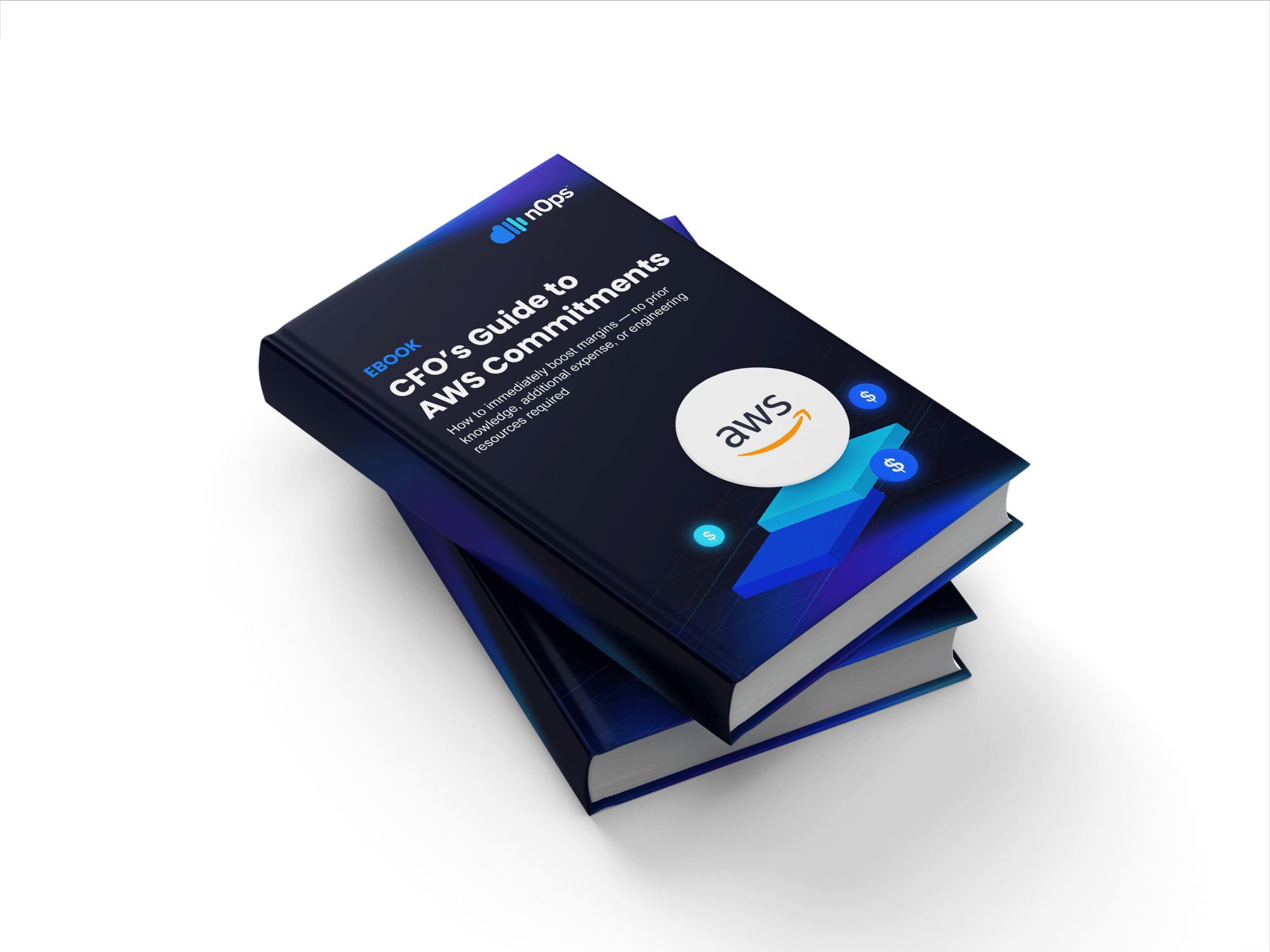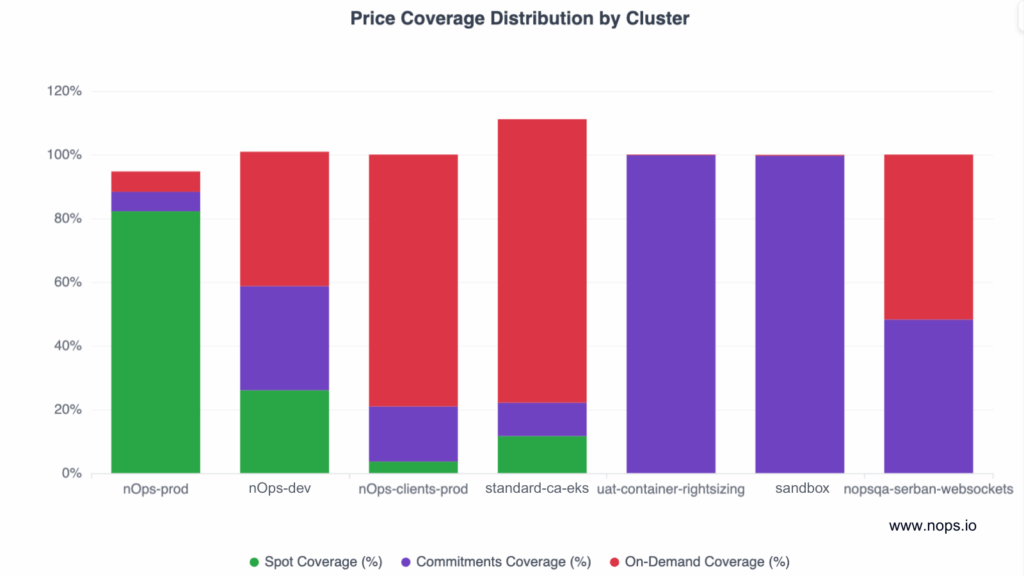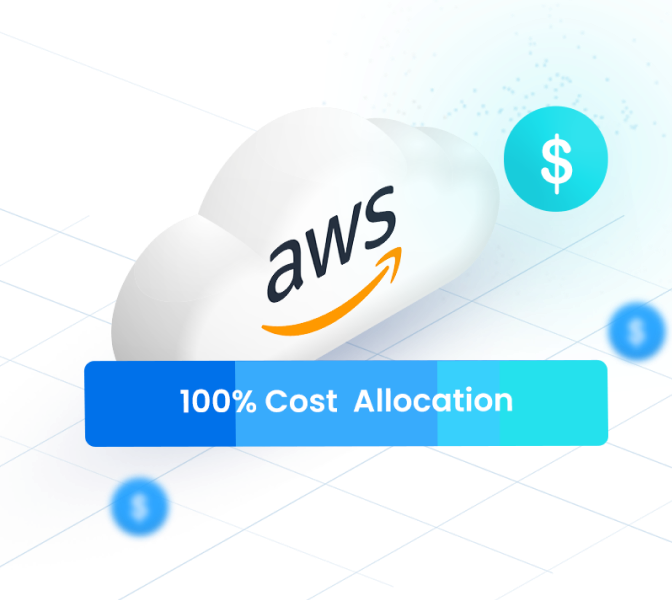- Blog
- FinOps Agent
- How the nOps Agent (Clara) Uses LangGraph to Tame Infra Chaos
How the nOps Agent (Clara) Uses LangGraph to Tame Infra Chaos
Last Updated: August 21, 2025, FinOps Agent
Inside the agent-orchestrated FinOps brain, turning raw AWS bills into calm, conversational insights.
The nOps agent, powered by the LangGraph platform, is designed specifically to analyze your cloud usage data. Rather than manually generating reports or navigating cumbersome filters, you can simply ask the agent questions in natural language. It instantly provides clear and actionable insights into your cloud costs, making it faster and easier to optimize.
In this article, we’ll break down how we built the nOps agent leveraging LangGraph’s multi-agent orchestration.

Why the nOps Agent Exists
Cloud infrastructure management can be complex and time-consuming. Engineering and finance teams constantly face challenges like:
Reactive by design: Most tools require manual queries and constant monitoring to avoid constant firefighting
Manual overhead: FinOps teams spend hours running reports or analyzing data
Human Dependency: Critical insights are missed when team members are unavailable
Difficulty scaling monitoring: Ad-hoc analysis leads to gaps in cost optimization, especially among rapidly growing services
The technical challenge behind creating the agent was transforming diverse cloud data into conversational insights quickly and reliably without human dependency. The solution leverages advanced agent orchestration through LangGraph.
Why LangGraph? LangGraph was selected due to its powerful capabilities in managing complex multi-agent workflows with ease and efficiency. Specifically:
|
Meet the Agents: Specialists at Work
Think of the nOps agent as a proactive team, each expert agent addressing specific cloud management pain points:
Agent | Purpose | Example |
Daily Dimension Cost Agent | Provides proactive cost breakdowns and historical data trends | “Show EC2 costs per Availability Zone for June.” |
Tag Values Discovery Agent | Identifies missing or malformed tags automatically | “Which resources lack an Owner tag?” |
Cost Summary Agent | Generates clear, executive-friendly narratives and summaries | “Generate the May cost report for leadership.” |
Showbacks Discovery Agent | Proactively links cloud resources to business units for accurate chargebacks | “What are the business unit allocations for Project Zeta?” |
Showbacks Analysis Agent | Automates “what-if” scenarios and identifies cost-saving opportunities | “If we switch to Graviton processors, what will we save per business unit?” |
Math Agent | Performs financial calculations with precision, eliminating manual spreadsheet dependencies | “What’s 14 percent of last month’s S3 spend?” |
How the nOps Agent Uses LangGraph:
The agent leverages LangGraph to orchestrate agent workflows seamlessly:
- Intent Recognition: Categorizes queries into dimensions, tagging, showback, or numeric tasks.
- Routing Logic: Dynamically sequences agent workflows based on user intent.
- Seamless Handoffs: Automatically passes enriched data between agents.
- Retries & Error Handling: Automates robust retries to ensure stability and resilience.
Example Workflow: Cost Anomaly Triage
To illustrate, let’s take a quick look at an example workflow.
User Query: “Why did our EU-West S3 costs spike on Tuesday?”
Supervisor: Identifies the query as a cost anomaly.
Daily Dimension Cost Agent: Provides precise cost breakdown.
Math Agent: Calculates percentage increase or anomalies precisely.
Supervisor: Reviews math agent results and provides findings.
The result? A proactive, comprehensive insight delivered instantly.
The Supervisor: Orchestrating Conversations
At the heart of the nOps agent sits a lightweight supervisor node powered by LangGraph, whose only task is efficient routing:
- Intent Recognition: Categorizes each user query into dimensions, tagging, showback, or numeric tasks.
- Routing Logic: Decides which agent or sequence of agents should handle the request.
- Example: A tagging question first goes to the Daily Dimension Cost agent for accurate data, then passes contextually enriched data to the Tag Values Discovery agent.
- Seamless Handoffs: Intermediate results flow back into the conversation, so agents downstream see the complete context.
- Merged Responses: Finally, the supervisor consolidates the findings into a single coherent answer streamed back to users.
Routing logic is stored in a readable markdown file, allowing non-technical stakeholders to easily manage rules and add new agents.
Designed to Remember Everything
The nOps Agent infrastructure checkpoints every interaction to a PostgreSQL database via LangGraph. This ensures conversations can survive restarts, enabling auditability and easy resumption even down to the exact agent that spoke last.
The nOps Agent in Action: An Example Scenario
Imagine a finance user asks: “Why did our EU-West S3 costs spike on Tuesday?”
- The supervisor recognizes this as a dimension anomaly.
- It routes the query first to Daily Dimension Cost for precise numbers.
- Then it passes the findings to Tag Values Discovery to identify if missing tags could explain the cost jump.
- Finally, the Cost Summary Agent compiles everything into a clear narrative, suggesting actionable next steps.
The result is a single, insightful reply delivered to the user, while every intermediate step is logged for thorough auditability.
Why Multi-Agent Orchestration Works
An agent-first approach isn’t just elegant; it offers tangible benefits:
Clear Responsibility | Each FinOps area is neatly owned by one specialist agent. |
Flexibility | Adding new features, like carbon-footprint reporting, is as simple as adding another node. |
Speed | Parallel processing dramatically cuts response times without extra overhead. |
Audit Trail | Every reasoning step is visible and auditable, essential in finance. |
Resilience | Errors in one agent don’t derail the whole conversation; LangGraph automatically retries, keeping dialogues stable. |
The real-world impact? Since adopting Clara, teams experience faster insights, smoother chargebacks, and significantly fewer manual spreadsheet processes. The agent-based system scales effortlessly—more nodes, more insights, without complexity.
Try out the nOps Agent for yourself
To find out more about the FinOps Agent (Clara), navigate to our brand-new landing page and explore what Clara can do for you — or watch the video below for a quick preview.
nOps was recently ranked #1 with five stars in G2’s cloud cost management category, and we optimize $2 billion in cloud spend for our customers — book a demo to explore the FinOps Agent’s capabilities with your own AWS account.





